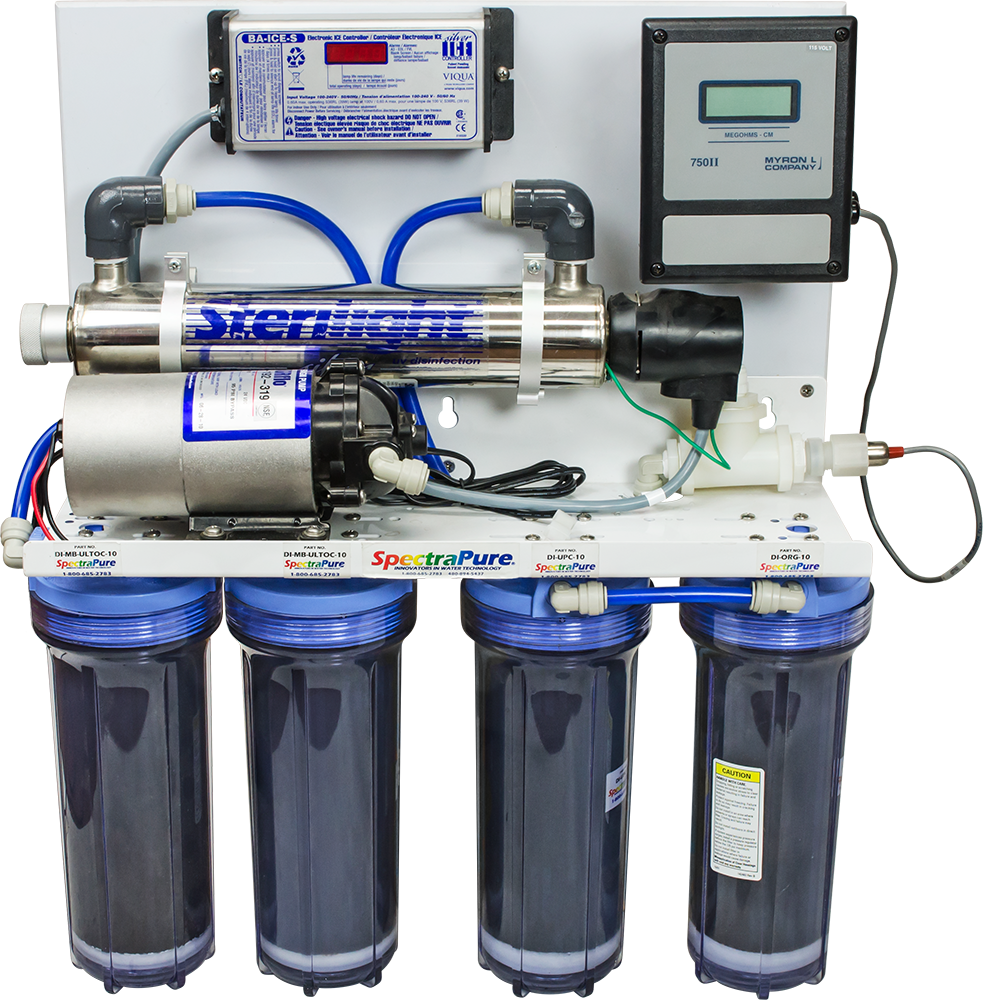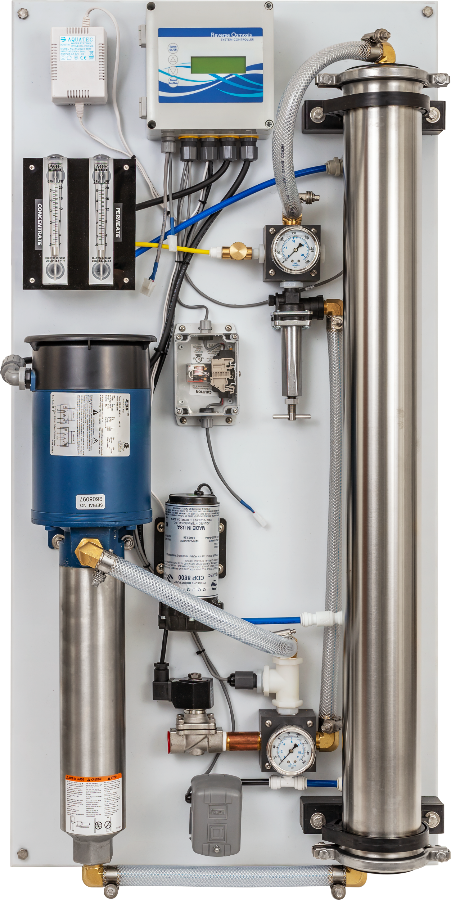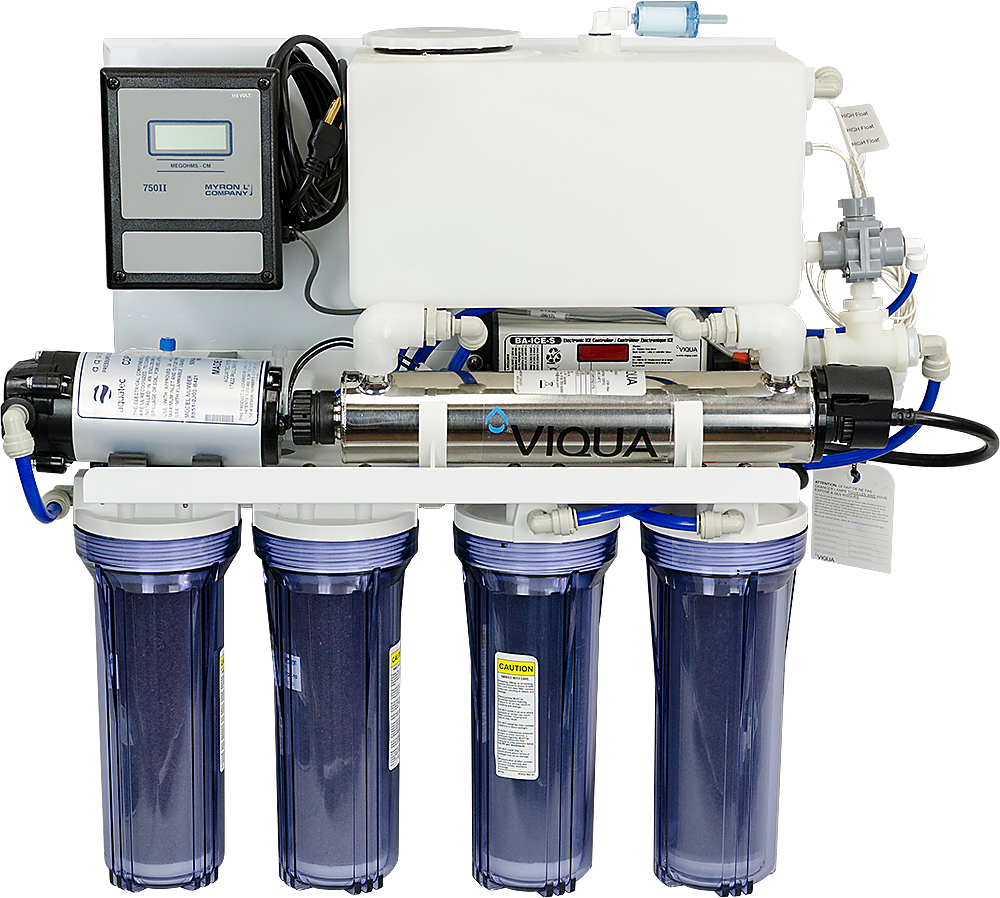Deionization
Commercial Grade Systems
SpectraPure Specializes in Ultra-High Efficiency and Lab Grade Systems. Built and tested in our warehouse, Our Laboratory and Commercial Systems are the best solution for all of your pure water needs.
Our Lab Grade Type 1 and 2 Systems produce Ultra-Pure Lab Grade water, utilizing UV Sterilization and Re-circulation to ensure the highest purity for any lab.
Our PSP Systems, from 1,000gpd to 20,000gpd, are industry leading with a 3(product):1(waste) ratios to ensure high-efficiency and purity for any large scale application.
We stand by all of our systems with Lifetime Technical and Product Support, and tune ever system to your specific needs.
From Aquarium and Hydroponics, to Lab and Commercial, trust SpectraPure to give you the purest water for any application.
Contact us today to speak with us about your project!



